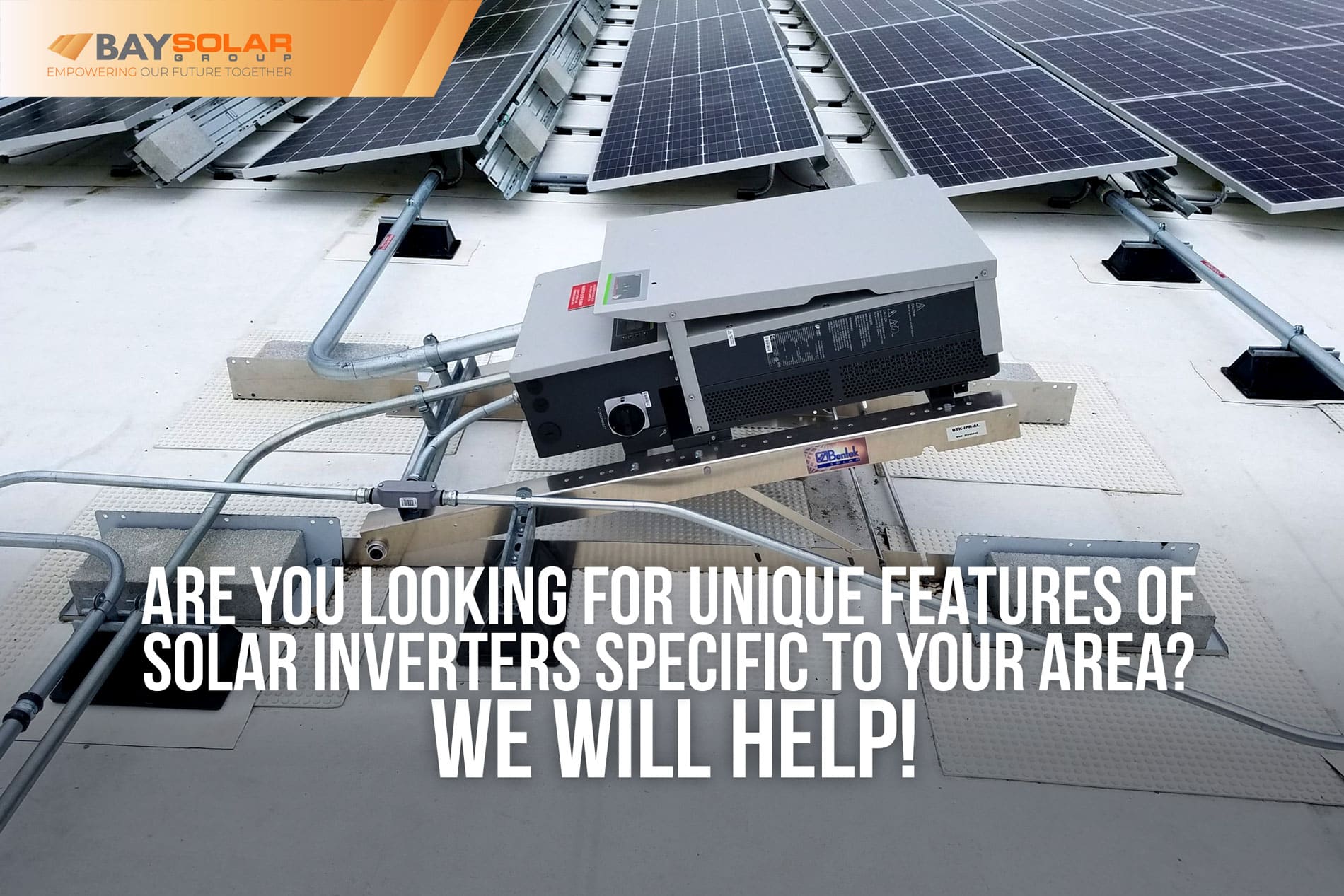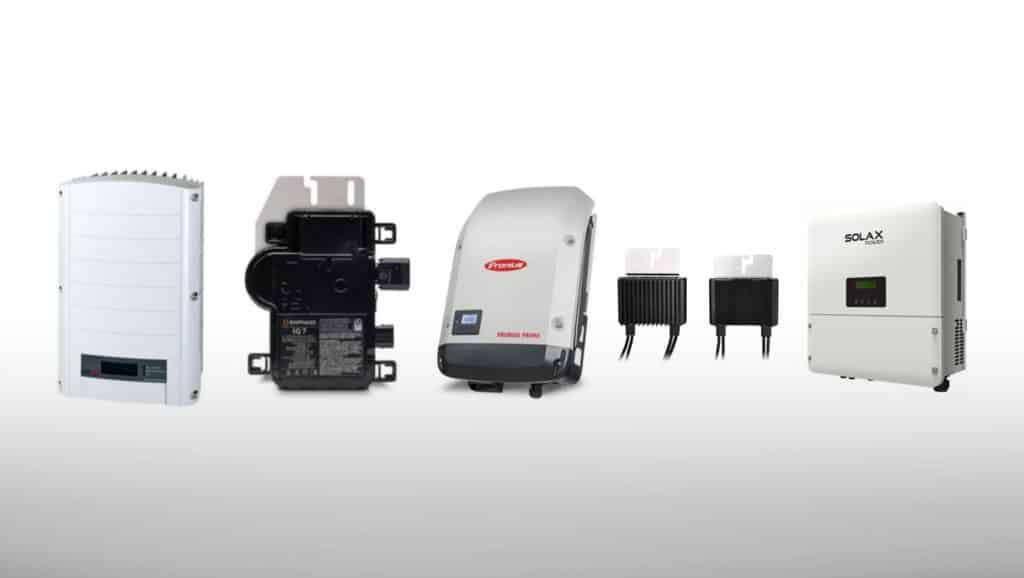Solar inverter is one of the most essential parts of your system. It is usually installed with other solar power system components, inverting the energy from direct current (DC) to alternating current energy.
Solar panel systems and solar inverter installation for producing energy are among the most popular ways of contributing to the environment. So, first of all, let’s understand what a solar inverter is.
What Is A Solar Inverter?
All the appliances, the utility grid and all the electric wires at your home have AC. On the other hand, you install a solar panel system producing and carrying DC electricity. In this case, the solar inverter will help you. It inverts the solar energy generated by your solar panels from DC to AC so that you can use it at your home with your regular appliances, like TV, microwave, refrigerator and even more – industrial equipment. So, a solar inverter will make the solar energy applicable for residential, commercial and industrial usage.
Moreover, you can connect your solar power system to the internet and accordingly get data through your solar inverter. A solar inverter system will let you monitor your solar power production and consumption and help you control it if needed.
Concerning solar inverter cost, the larger your solar panel system, the better and higher functioning the solar inverter needs to be, thus impacting its cost. Solar inverters can represent about 20% of your solar power system cost. In general, solar inverters can cost up to $2,000, depending on the model and size. Solar inverters come in a variety of shapes, sizes and weights. Overall, they are installed near the electricity meter and located in the shade for better efficiency.
What Are The Different Types Of Solar Inverters?
While the primary role of the solar inverters was to convert DC energy produced by solar panels into AC energy, today, with solar technology development, more factors are valuable and decision-making when choosing a solar inverter. With a good solar panel inverter, you also get solar system diagnostics and energy consumption monitoring, letting you improve your solar energy efficiency. Solar inverters are also essential when thinking about solar batteries and solar energy storage.
So, let’s speak about some types of solar inverters:
- String inverters
String inverters are directly connected to the utility grid and installed in rows that are on a string. They usually do not have battery backup and are suitable for installations without shading issues.
String inverters are the most popular solar inverters, used for both commercial and residential cases. String solar inverters have a 25-year life and a 5-year warranty. The widely used types of string solar inverters are straight string inverters and optimized string inverters.
- Central inverters
Central inverters are similar to string inverters. However, they are larger and can support more strings of panels. Unlike string inverters, when strings run directly to the inverter, in central inverters, the strings are connected in a combiner box that runs the DC power to the central inverter converting it to AC energy. Central inverters are more suitable for large installations with consistent production.
- Microinverters
Microinverters are becoming more popular with residential and commercial installations. Microinverters convert DC energy to AC energy right at the panel and require no string inverter. Moreover, microinverters monitor each individual panel’s performance, while string inverters show each string’s performance. For that reason, microinverters are suitable for installations in shady areas or with panels facing different directions. Besides, the microinverter installation is cheaper and even more effortless.
- Battery-based and hybrid inverters
These inverters combine off-grid and grid-tied inverters and give you complete independence from the utility grid while syncing with the grid system when there is little to no sunlight need more energy to consume.
There are also smart solar inverters with built-in features, such as revenue-grade meters that are often required by local incentive programs, secure power supplies and more smart inverter functionalities required in some jurisdictions.
How To Choose A Good Solar Inverter Specific To Your Area?
So, how to decide which solar inverter brand and model is good for you? Solar requirements are different based on your area and your specific needs. Hence, a good solar company will choose the most optimal and best solar inverter based on your case. You only need a consultation, a good specific design and knowledge of your area’s solar regulations.
As we know, some areas have specific regulations concerning residential solar power. It can consider your solar energy system’s size to qualify you for net metering based on your solar inverter’s maximum power output. The reason is the maximum amount of energy the system will send back to the utility grid. A modern solar panel inverter kit can be completely customizable to match your needs.
So, installing a solar power inverter yourself, you should be familiar with all these details and legislative requirements of the area concerning net metering and incentive programs.
Author of a publication: Irene Abgaryan




